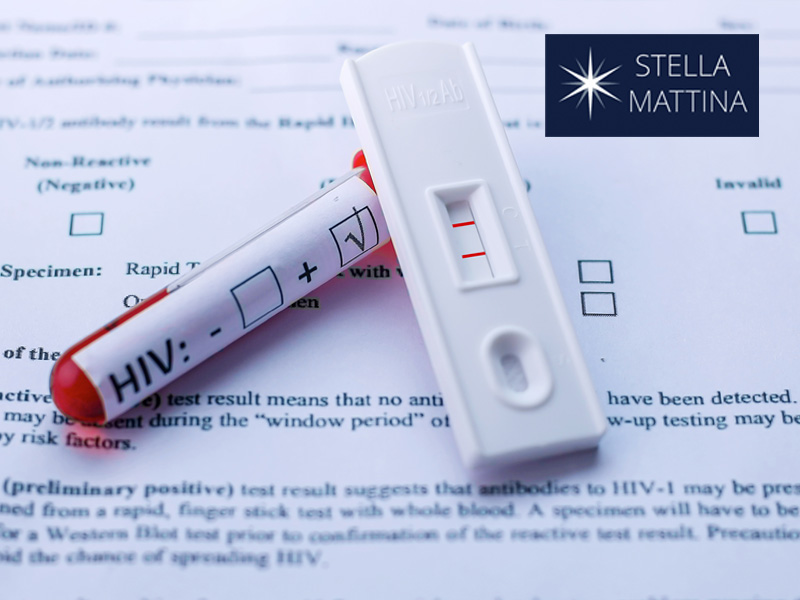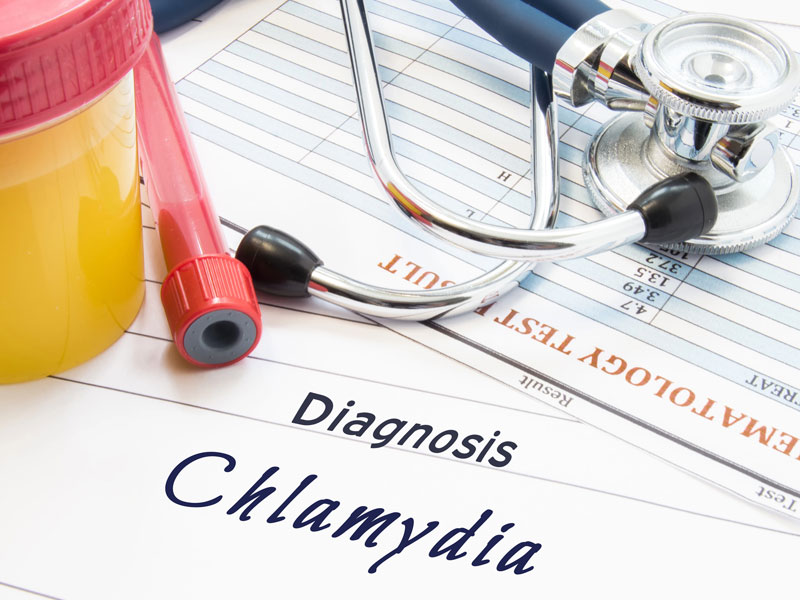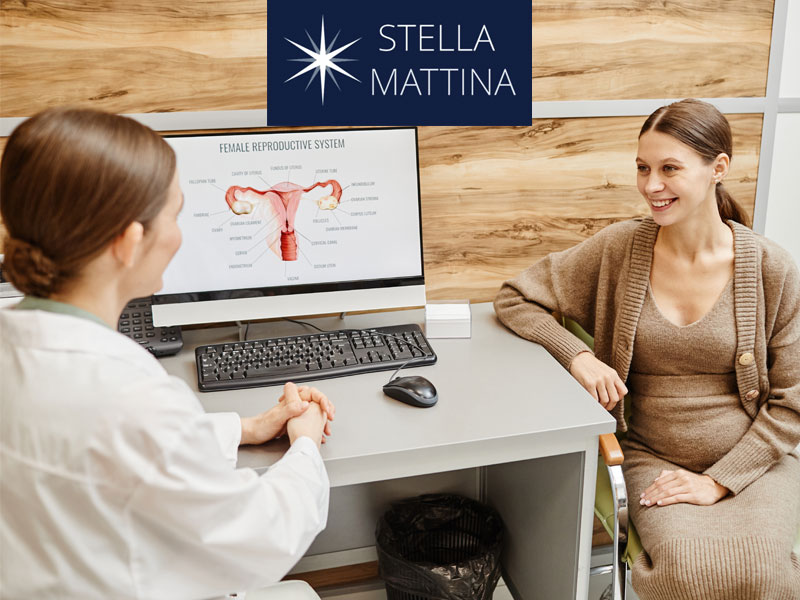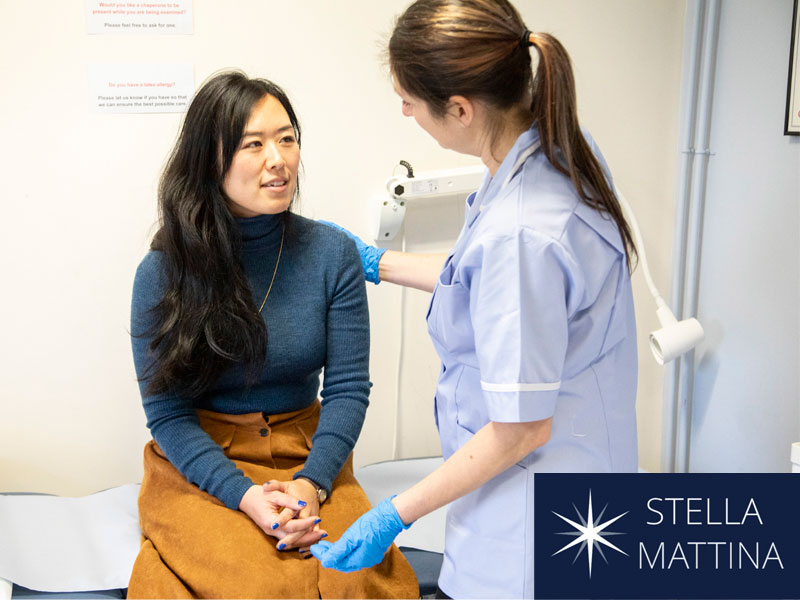HIV Testing Day is more than just a health awareness campaign. It’s a life-saving reminder! The reason behind having a special reminder day is that...
Read moreBlog
How We Support Expecting Mothers from Day One
As an expecting mother you want and deserve comprehensive, compassionate support – from pre-pregnancy planning to postpartum recovery. In this article, we’ll cover all the...
Read morePreeclampsia First Symptoms – Essential Signs You Should Recognize
Preeclampsia is a serious and potentially life-threatening complication of pregnancy that affect 5-8% of US births. It typically develops after the 20th week of pregnancy,...
Read moreFirst ObGyn Visit Checklist: 10 Things to Know Before You Go
Whether you’re feeling curious, nervous, or both, preparing for your first ObGyn visit can make all the difference. From understanding what actually happens during the...
Read moreInfertility Signs and Symptoms in Women – How to Know if You’re Infertile
Infertility is a deeply personal and often misunderstood health issue that affects millions of women worldwide. While it’s common to hear about pregnancy success stories,...
Read moreWhat STD Can Cause Infertility?
We get asked many times: “What STD can cause infertility?” No one wants any kind of STD, of course, but the issue of possible infertility...
Read moreWhat is Allergy Season? Key Facts and Best Medicines
Allergy season is a period when many people experience symptoms due to increased pollen in the air. It can turn a beautiful spring day into...
Read moreEndometriosis and Pregnancy – What You Need to Know
Living with endometriosis and considering pregnancy? You’ll want to understand how endometriosis may impact your journey. As March is Endometriosis Awareness Month, this is the...
Read morePCOS vs. Endometriosis – Key Differences and Impact on Fertility
Long, heavy, and painful periods? Or no periods at all? Might you have PCOS, you wonder? Or is it endometriosis? The idea of PCOS vs....
Read moreUnderstanding and Preventing Sexually Transmitted Diseases in Pregnancy
Sexually transmitted diseases in pregnancy are a serious health concern because they pose additional risks to both you and your baby. That’s because certain infections...
Read more








